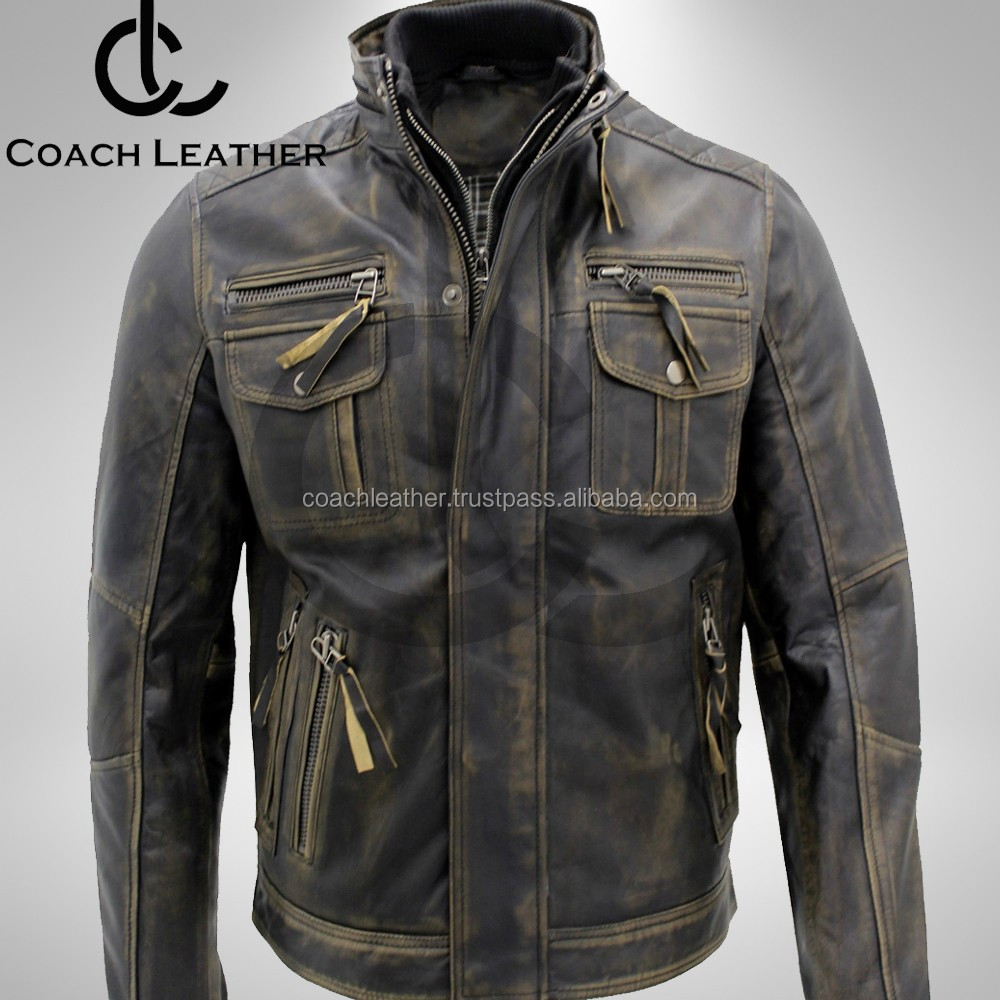Is Cowhide Lamination Considered Real Leather?
Cowhide lamination is a type of leather made by bonding two or more layers of cowhide together. It is often used in clothing, furniture, and other products that require a strong, durable material. The question of whether cowhide lamination is considered real leather is a complex one.Real leather is generally defined as the skin of an animal that has been tanned and processed to make it suitable for use in clothing, footwear, or other products. The term "real leather" implies that the material is natural and has not been altered or processed in any way.However, in the case of cowhide lamination, it is not entirely clear whether the material qualifies as real leather. The bonding process used to create cowhide lamination may involve the use of adhesives or other chemicals that could affect the naturalness of the material. Additionally, the layering process may also alter the texture and appearance of the leather.Some people argue that cowhide lamination should not be considered real leather because of these factors. They point out that the material is not as natural as single-layer leather and has been processed in ways that could affect its quality and durability.Others, however, argue that cowhide lamination can still be considered real leather. They point out that the material is made from actual cowhide and has not been altered in any way that would affect its naturalness or quality. They also argue that the bonding process does not change the fundamental nature of the leather and does not affect its durability or performance.In conclusion, whether cowhide lamination is considered real leather or not depends on a number of factors including the specific definition of "real leather" being used and the processing methods employed to create the material.
Cowhide lamination, also known as cowhide overlay, is a type of leather that has become increasingly popular in recent years. It is created by bonding a thin layer of cowhide to a backing material, often using adhesives or heat-activated bonding agents. This process allows for the production of leather that is both durable and affordable, making it a popular choice for a variety of applications, including footwear, clothing, and interior design.
One of the main questions people often ask about cowhide lamination is whether it is considered real leather. The answer to this question depends on several factors, including the specific definition of "real leather" that is being used. Real leather, in its purest form, refers to the skin of an animal that has been processed and tanned to create a durable and usable material. By this definition, cowhide lamination does not qualify as real leather because it does not consist of pure cowhide; it has been combined with other materials to create a new product.

However, it is important to note that the term "real leather" is often used interchangeably with other terms like "genuine leather" or "authentic leather." These terms are often used to describe products that are made from animal skin but have undergone some type of processing or modification. In this sense, cowhide lamination could be considered "real leather" if it is labeled as such or if the term is being used in a loose or colloquial sense.
Another consideration is the sustainability of cowhide lamination compared to other types of leather. Traditional leather products are often made from high-quality animal hides that are processed using environmentally harmful chemicals. On the other hand, cowhide lamination allows for the use of low-quality or off-cuts of cowhide that would otherwise be discarded, reducing waste and environmental impact. This approach can also help to reduce the overall cost of leather products, making them more accessible to a wider range of consumers.

In conclusion, whether or not cowhide lamination is considered real leather depends on the specific definitions and context in which the term is being used. While it may not meet the strict definition of pure animal skin, it does offer a sustainable and affordable alternative to traditional leather products. As such, it has its own unique value and appeal that cannot be ignored in today's market.
Articles related to the knowledge points of this article:
Title: A Comprehensive Guide to mens tie Brands
Title: The Impact of a 5cm, 7cm, and 9cm Tie on Your Attire
Winter Coat Outfits: Staying Warm and Stylish
Title: Unraveling the Enigma: The Pinnacle of Linguistic Intricacy in Chinese Silk Scarves



